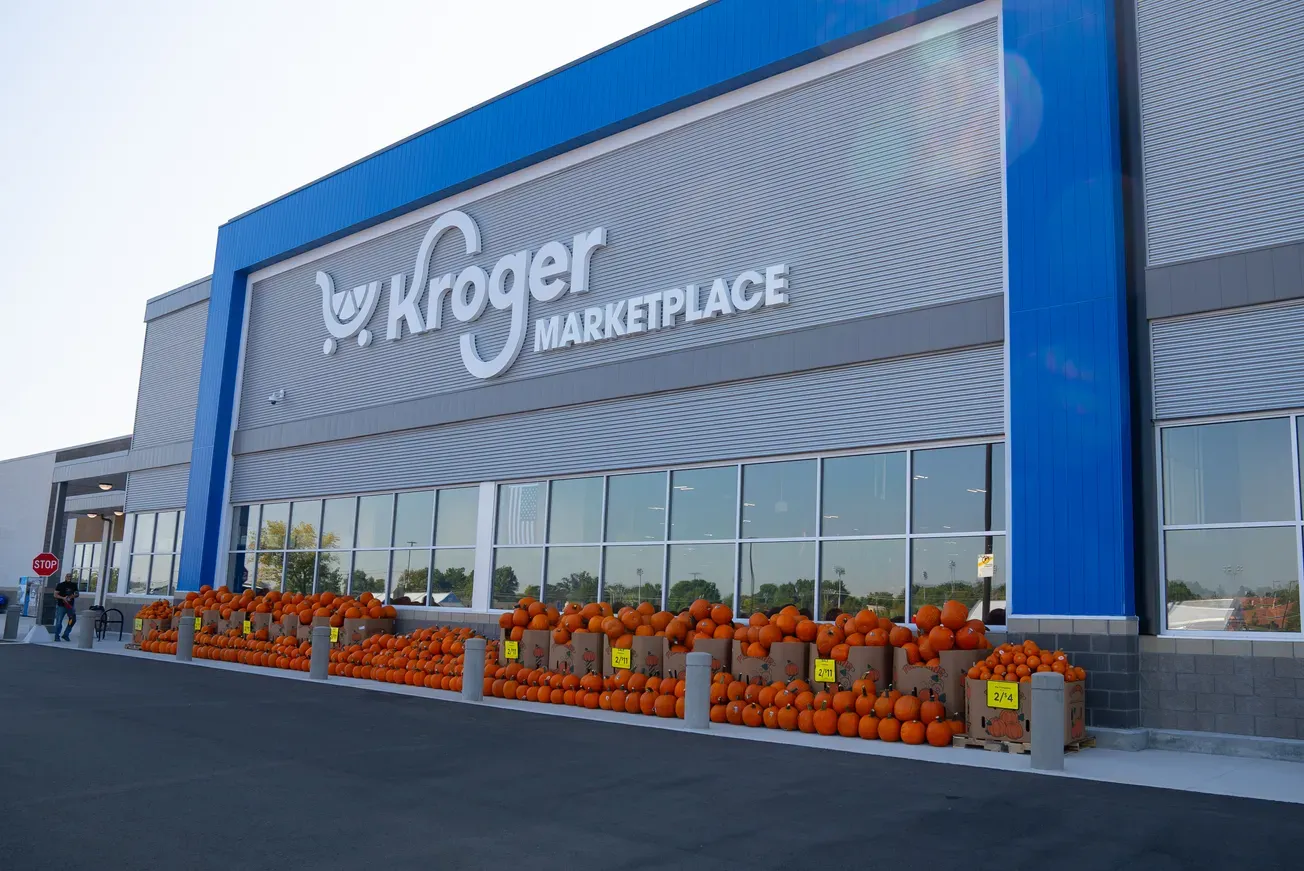When President Ronald Reagan signed the Drug Price Competition and Patent Term Restoration Act 30 years ago, few could imagine how the law would transform the health care landscape.
Today, we know that this landmark “Hatch-Waxman” legislation is responsible for improving the lives of millions of Americans by creating a new framework allowing safe, affordable generic drugs to come to the market.
It is instructive to look back to 1984 and note that when forecasting the law’s success, even its most enthusiastic supporters’ predictions proved wholly inadequate. Even adjusting for inflation, it is clear that the law has outpaced the greatest expectations of its champions. At the time, proponents of the law stated that, if passed, it could save Americans $1 billion. Clearly, time has proved them wrong: That prediction falls dramatically short of the savings from generic drugs in 2013 alone.
This year’s Generic Drug Savings in the U.S. report, compiled by the IMS Institute for Healthcare Informatics on behalf of the Generic Pharmaceutical Association (GPhA), showed that generics saved $239 billion in 2013. At a time when health costs in America are threatening the sustainability of the nation’s budget, the study found that generic drugs have saved $1.46 trillion dollars over the past 10 years, contributing to the recent Congressional Budget Office decrease of health cost projections for the coming years.
It is important to remember, however, that savings are only part of the remarkable track record of achievement of the Hatch-Waxman law. In fact, the law set out to accomplish two goals: to encourage innovation of new therapies and to generate competition from lower-cost generic medicines to drive down costs. To do so, it created consistent and rigorous standards for generic manufacturers to prove their products are equivalent to brand drugs. At the same time, it extended patent protections for brand companies.
Thirty years later, by any measure, the law has been an astounding success on both fronts.
Generic medicines made up 86% of the drugs dispensed in 2013, up from only 18% in the pre-Hatch-Waxman era. At the same time, the brand industry has flourished, with more new drug breakthroughs over the last 30 years than ever before.
The Hatch-Waxman Act demonstrates that good policy that embraces compromise can benefit all Americans. Brand drug makers have profited from a reasonable extension of patent protections, and generic manufacturers have benefited as well, growing into a thriving industry that has produced approximately 12,000 generic drug products.
The real beneficiaries, however, are patients and taxpayers. Americans now enjoy access to more breakthrough drugs than ever, while saving hundreds of billions of dollars every year. The Hatch-Waxman Act is more than the cornerstone of the modern generic pharmaceutical industry; it is nothing short of a remarkable bipartisan legislative triumph.
Today, the generic industry’s future could not be brighter. The Hatch-Waxman law created a strong foundation for a dynamic and evolving generic drug industry, and with emerging opportunities from a global marketplace, expanded health coverage access, and the needs of an aging population, the industry has never been stronger.
As we look forward to the next frontier of affordable medicines, biosimilars, a recent study by Express Scripts estimates that hundreds of billions of dollars in savings are at stake. Over 10 years, the report showed, the United States would save $250 billion if just the 11 likeliest biosimilars would enter the market.
We must embrace the spirit of the Hatch-Waxman law and build on its remarkable achievements. It is essential to recognize that balancing competition with access to affordable medicines can revolutionize the market, offer consumers quality and safe choices, and inspire innovation.
RALPH G. NEAS is president and chief executive officer of the Generic Pharmaceutical Association (GPhA).




